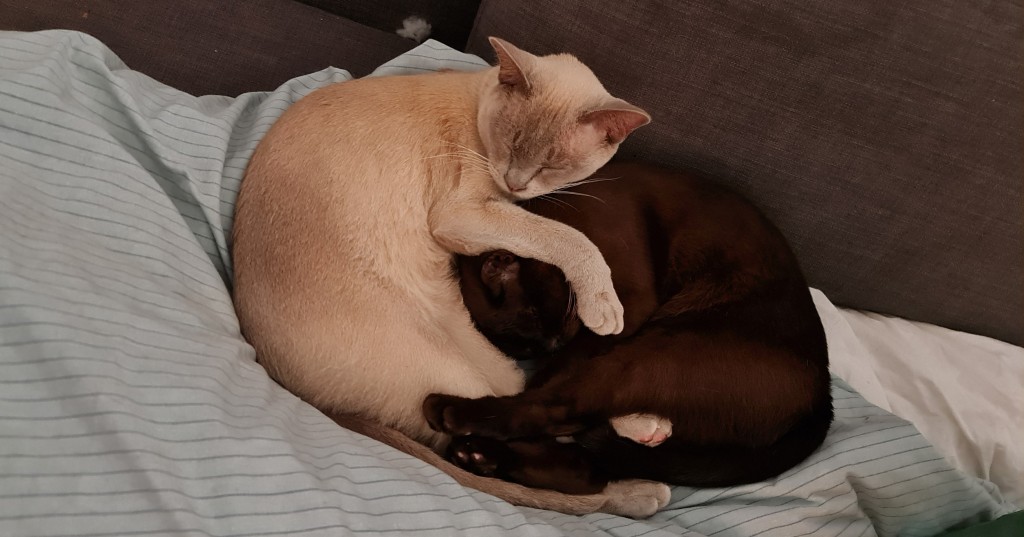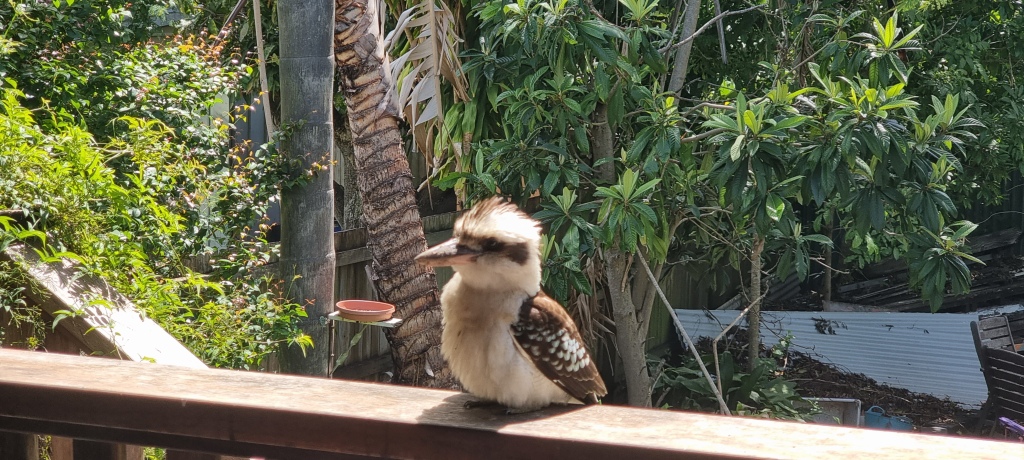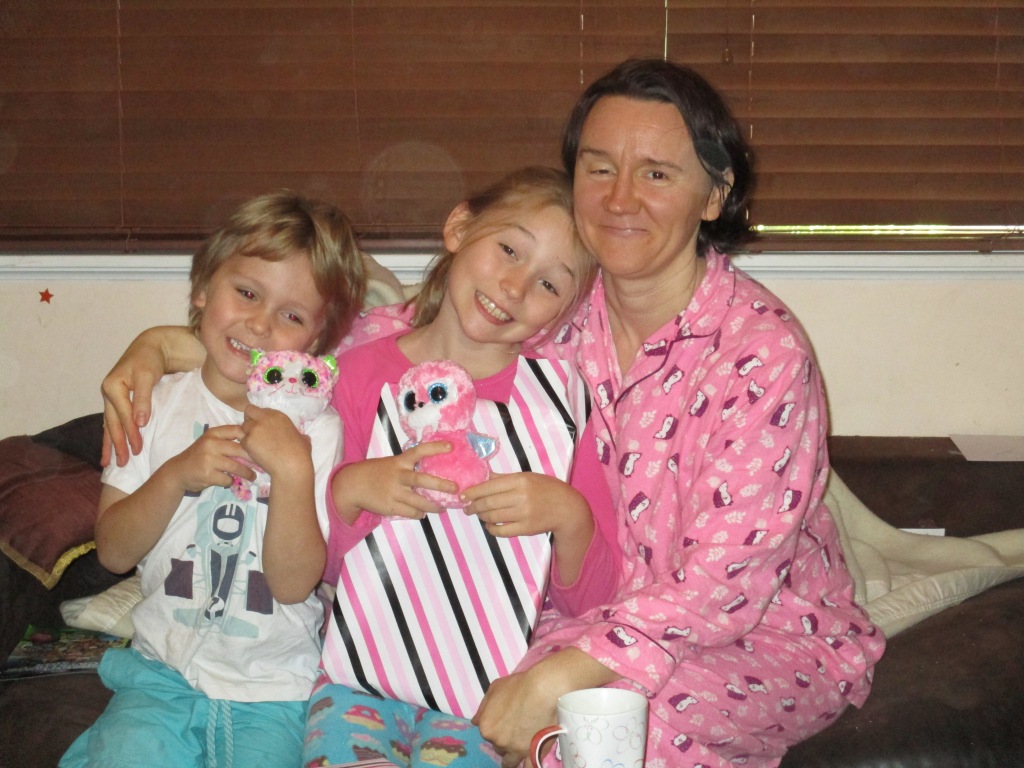
I know people who don’t consume the news anymore. Others avidly click, swipe, and share and demand the shares be shared and that donations be made.
A sense of needing to ‘do something’ beats like a heart behind our screens.
Some say the carnage and its causes are complex. Others claim it couldn’t be simpler. Meanwhile, powerful, malevolent toddlers masquerading as leaders extinguish lives with their belligerent tantrums. This kind of hellish tit for tat has been going on all over the planet for aeons. There’s nothing new about our news.
The atrocities we were clicking and swiping and enthusiastically sharing and donating to a year or two ago, are far from over. This trauma has not stopped. It’s just not as fresh as what we are fed from further south right now.
While my bipolar disorder sleeps, I choose to neither soak myself in headlines nor bury my head in our (increasingly hot) sand.
I have always struggled to understand warring over a homeland, because (regardless of my genetics, birthplace, or heritage) I don’t identify as belonging to a country or a people. I was taught to be a chameleon, a grateful visitor wherever I go. It has been drilled into the DNA of my family who moved around a lot, who has flight in its history, whose ancestors have done their best not to be in the wrong place at the wrong time.
I don’t believe humanity has quite enough humanity to ever achieve world peace. If we had the capacity to resolve conflict without collateral civilian casualties, we’d have done so a long time ago.
Our individual lack of control over global catastrophes and atrocities can feel depressing. But we can each control how we react to our feelings. Providing we are not experiencing a severe episode of clinical depression, we can feed our sense of hope by turning a microscope on our own lives and surroundings.
Good stories play out near us all the time. I witnessed one on holidays at the beach recently:
A not so gentle day. Dumping waves boiled the water. One after the other. If you got caught up in one of those you became an ingredient in a soup of flailing limbs. A bit closer to the shore we laughed and played in the sea foam bubble bath, eyes always on the incoming, legs resisting the drag out into the angry ocean.
Then to my right a little girl, five or six, began to cry. The wash after a wave swallowed her and spat her back up like an acorn. Spluttering, she looked wildly about. I assumed the woman near her was her grandmother. She scooped up the crying girl and pointed to some other adults nearby. The girl shook her head, sobbed red faced, hair plastered to her head. I just caught the older woman’s words above the rush of water.
‘Can you point to your mummy or daddy darling?’
The girl was crying too hard for speech, too hard to point. This was not her grandmother.
Yet she positioned the girl on one wide hip and purposefully strode away from danger. Finally, where the waves petered out onto the sand, the girl’s father appeared, and a narrative that could have played out so badly, ended well.
While the brutality of the news can suck the happiness out of our heads, good things still exist. And they don’t need to be stories. Simple snippets suffice:
Taking refuge from a storm in a second hand book shop.
Sleeping cats.
A tidy bedroom and a good book.
The sound of cicadas.
Wildlife visitors.
Converting ingredients into a meal.
Having a kitchen to cook in.
A warm hand to hold walking in the summer breeze.
A rainbow, thunder, and lightning occupying the sky all at once.
The clink of ice cubes against a condensation beaded glass, and the first sip.
Clean pyjamas after an evening shower.
Children growing into themselves.
Free will and choice…
When I disengage from my screens for long enough to look around me, snippets appear everywhere.
I have at times been guilty of outrage in response to what my screens feed me.
But, for me, outrage on its own achieves little. It is hot air shouted into a furnace. And it is a luxury I can’t afford or sustain, because ongoing outrage can convert into powerful fuel for a bipolar episode.
On the other hand, deciding to tend the happiness in my own backyard builds the strength to do meaningful things for myself and the wider world.
PS: If you are clinically mentally unwell, then the suggestions in this post to focus on the positives around you apply only if you are well enough to do so. Symptoms of severe mental illness, especially clinical depression, can make it impossible to focus on the positives without more targeted treatments, such as psychological or medical therapies.
For me, a sign that I need more support than the power of positive thought is when I find it impossible to focus on the positive, and guilt and negative self-talk set in, because I’ve failed to appreciate the positive.
Lastly, if I were currently experiencing a bipolar episode I would not consume any news, and would focus solely on recovery.
You may also like:












